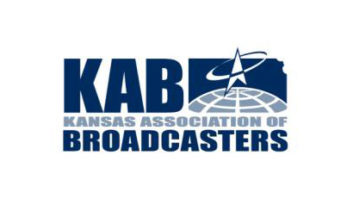Last week NASA announced the completion of the 30-day Lunar Laser Communication Demonstration (LLCD) mission, saying it “has revealed that the possibility of expanding broadband capabilities in space using laser communications is as bright as expected.”
The LLCD equipment was part of the Lunar Atmosphere and Dust Environment Explorer (LADEE) robotic mission and it succeeded in providing laser communications over almost a quarter of a million miles.
Amazingly, the LLCD demonstrated error-free communications during broad daylight and continued to operate when the moon was within three degrees of the sun (as seen from Earth). The technology also worked when the moon was less than four degrees from the horizon (as seen from the ground station). It was also shown that wind and atmospheric turbulence did not significantly impact the system. As an unexpected bonus, LLCD was able to communicate through thin clouds.
“Throughout our testing we did not see anything that would prevent the operational use of this technology in the immediate future,” said Don Cornwell, LLCD mission manager at NASA’s Goddard Space Flight Center in Greenbelt Md. He observed that LLCD was able to download data from LADEE at data rates up to 622 Mbps and that NASA was able to upload data at up to 20 Mbps.
“We were able to download LADEE’s entire stored science and spacecraft data [1 gigabyte] in less than five minutes, which was only limited to our 40 Mbps connection to that data within LADEE,” said Cornwell. It would have taken several days to complete a download the same data using LADEE’s onboard radio system.”
The LLCD mission also showed that it was possible to “hand-off” the laser connection from one ground station to another.
“We were able to program LADEE to awaken the LLCD space terminal and have it automatically point and communicate to the ground station at a specific time without radio commands,” Cornwell said. “This demonstrates that this technology could serve as the primary communications system for future NASA missions.”
The next mission for laser communications will be the Laser Communications Relay Demonstration (LRCD) is intended to demonstrate continuous laser relay capabilities at more than one billion bits per second between two Earth stations connected via a satellite in geosynchronous orbit. It will also support communication with Earth-orbiting satellites.
LRCD plans to demonstrate this operational capability for as long as five years to build confidence in the reliability of laser communications technology.
“We are very encouraged by the results of LLCD,” said Badri Younes, NASA’s deputy associate administrator for Space Communications and Navigation (ScaN) in Washington, D.C. “From where I sit, the future looks very bright for laser communications.”
To learn more about LLCD, visit http://llcd.gsfc.nasa.gov. For more information on LCRD, see http://esc.gsfc.nasa.gov/267/LCRD.html.
Laser links have been used for short range, high data-rate communications for decades, but NASA’s work, which was done in partnership with Don Boroson and his team at the Massachusetts Institute of Technology’s Lincoln Laboratory, shows that laser communications may become a viable alternative to use of RF spectrum for some future geostationary satellites, at least for uplinks where multiple sites can be used to avoid obstruction by clouds or for communications between satellites in space.












